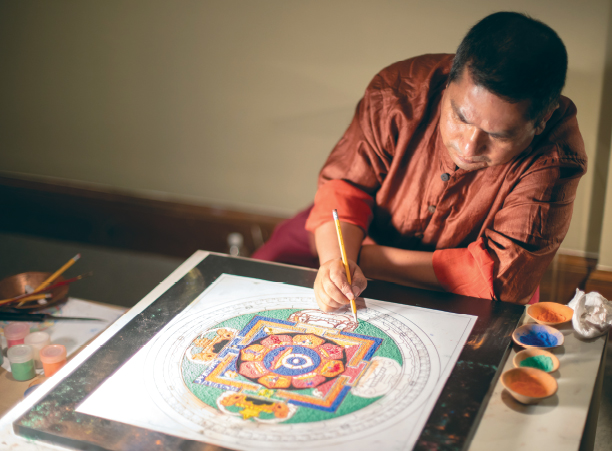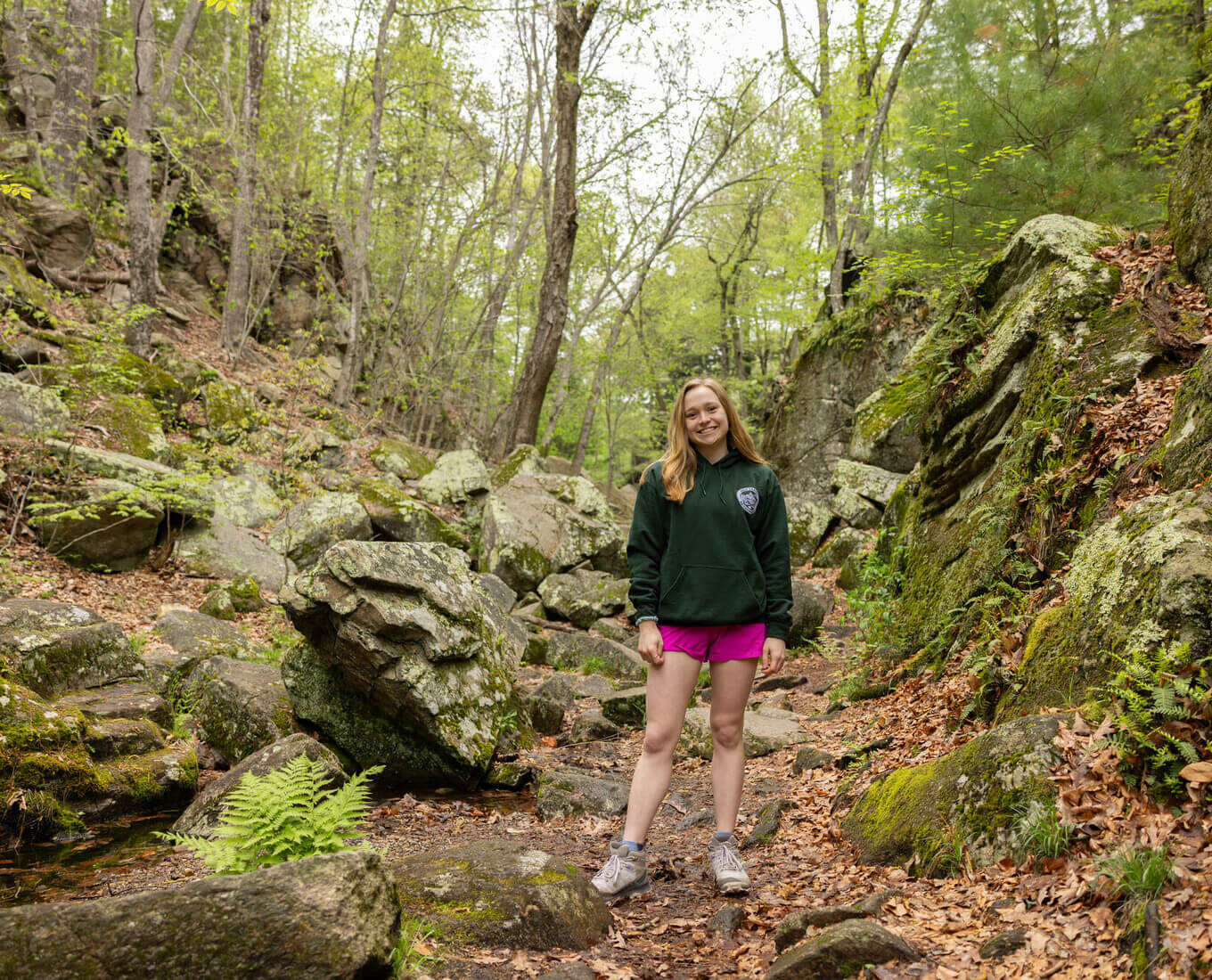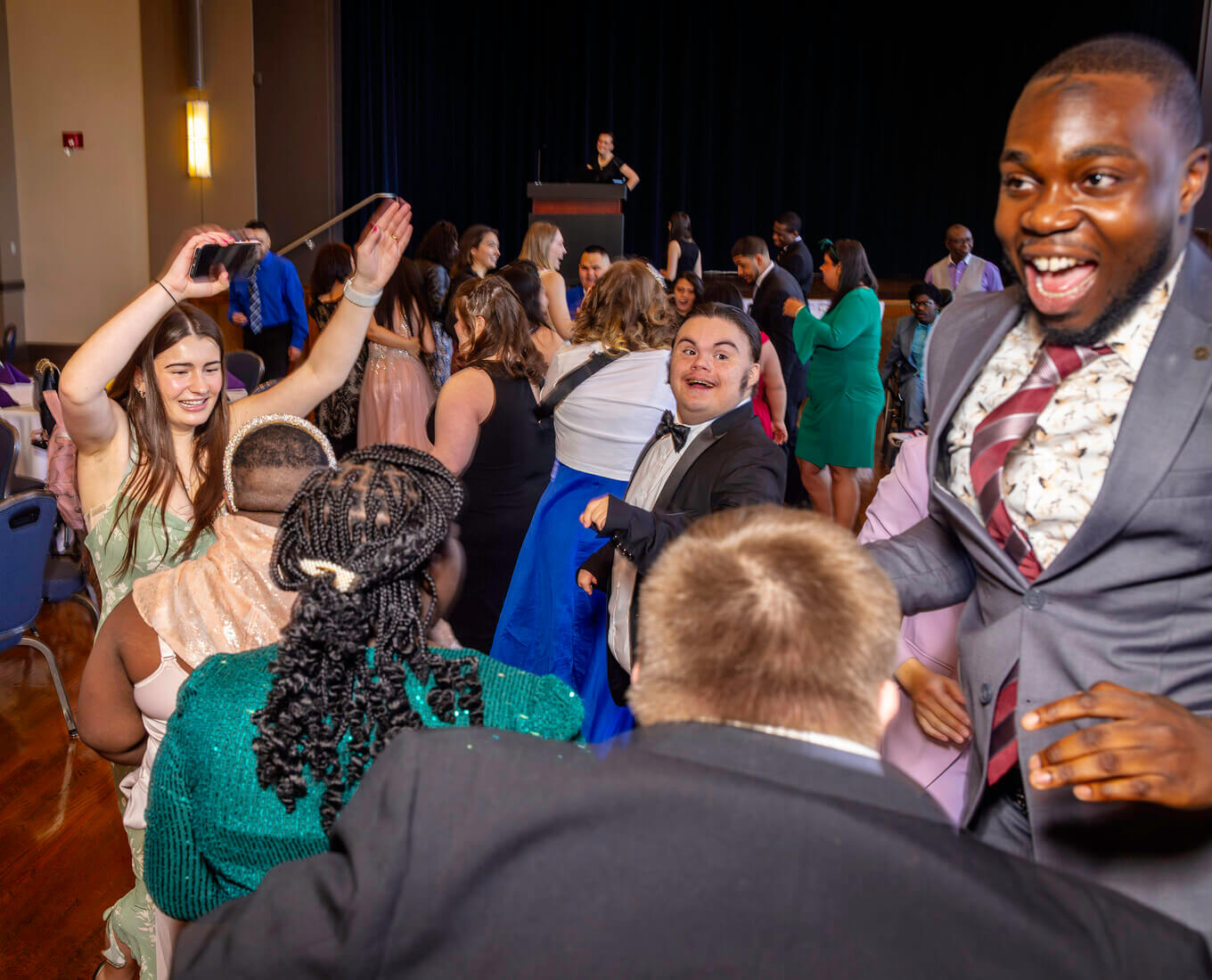Todd Lewis decided to study Buddhism in graduate school, he wanted to explore the least- examined Buddhist place in the world: Nepal. Post-graduation, Lewis set out on what was supposed to be a yearlong Fulbright trip to the Himalayan country. One year very quickly turned into three and a half, leading him into an academic career researching Buddhism and its place in Nepal, and fortunately for the Holy Cross community, culminating in a new art exhibit on campus.
"It's one of the most complicated places in Asia," says Lewis, distinguished professor of arts and humanities in the religious studies department. "There's Hinduism and Buddhism, and a panoply of other ethnic groups in the Kathmandu Valley. One of my early professors at Columbia was the famous Margaret Mead, and she taught us how to really take field work seriously. There was a long reputation that the indigenous people in the Kathmandu Valley, the Newars, were very hard to work with — they were secretive, they were devious. But those were all stereotypes; I was welcomed the first day."
Once Lewis was back in the United States, he held various teaching positions before arriving at Holy Cross in 1990. In his time at the College, he developed courses not only on Buddhism, but also on other subjects where his expertise is relevant — such as ecology and religion. "I also have a passion and interest in teaching religions through the gardens people have made, because gardens are utopias," Lewis says. "There are a lot of interesting, fun ways to explore Islam, Zen Buddhism and Confucianism with gardens, and students have really liked the class."
The jump from the art of a garden to staging an art exhibit was somewhat serendipitous. Over the years, Lewis has run a series of summer programs on campus through the National Endowment for the Humanities (NEH). In 2015, a frequent patron mentioned to Lewis that he had an extensive Nepalese art collection: "He said, 'You know, I'm going to be giving away a lot of my art. I've given some away already, but I've always wanted to do a show. Can you recommend any place that would do a Nepalese show?'" Lewis had the perfect place: Holy Cross.
 An artist shows their craft during a live demonstration in the exhibit. Photo by Avanell Brock
An artist shows their craft during a live demonstration in the exhibit. Photo by Avanell BrockIt took three years to sort through the pieces and plan for the elaborate, interactive exhibit, which features live art exhibitions and scholarly lectures throughout the fall semester. The team needed funding, and a $100,000 grant from the NEH allowed Lewis, Kim and others to go all in. Thus, the exhibit, "Dharma and Punya: Buddhist Ritual Art of Nepal," was born.
The show opened in the Iris & B. Gerald Cantor Art Gallery on Sept. 5 and will run through Dec. 14, featuring 60 objects of Buddhist ritual art, many rarely seen in the West, such as rare manuscripts from as early as the 11th century, an elaborate priest's crown from the 13th century, paintings and a 19-foot-long narrative scroll. The pieces illustrate the centrality of ritual in Buddhism, highlighting visual narratives that show common practices every devotee needed to do to make good karma (punya), a central tenet of the Buddha's teaching (dharma).
Lewis is happy to have a fresh way to advance understanding about the breadth of Buddhism: "I think there's a popular idealization of Buddhism and a hyper-focus on virtuosos in the Western imagination. But to understand typical Buddhists as human beings, you have to see that the great majority are not meditators or philosophers. But almost all Buddhists do daily rituals and do so to secure life's basic blessings and make good karma." Being good, generous and compassionate, Lewis emphasizes, is the center of Buddhism.
"This exhibition is a kind of capstone to all the work I've done in my life," he says. "I'm not quite ready to quit or keel over, but this is a moment."
Written by Jane Carlton for the Fall 2019 issue of Holy Cross Magazine.
About Holy Cross Magazine Holy Cross Magazine (HCM) is the quarterly alumni publication of the College of the Holy Cross. The award-winning publication is mailed to alumni and friends of the College and includes intriguing profiles, make-you-think features, alumni news, exclusive photos and more. Visit magazine.holycross.edu/about to contact HCM, submit alumni class notes, milestones, or letters to the editor.
Related Information


